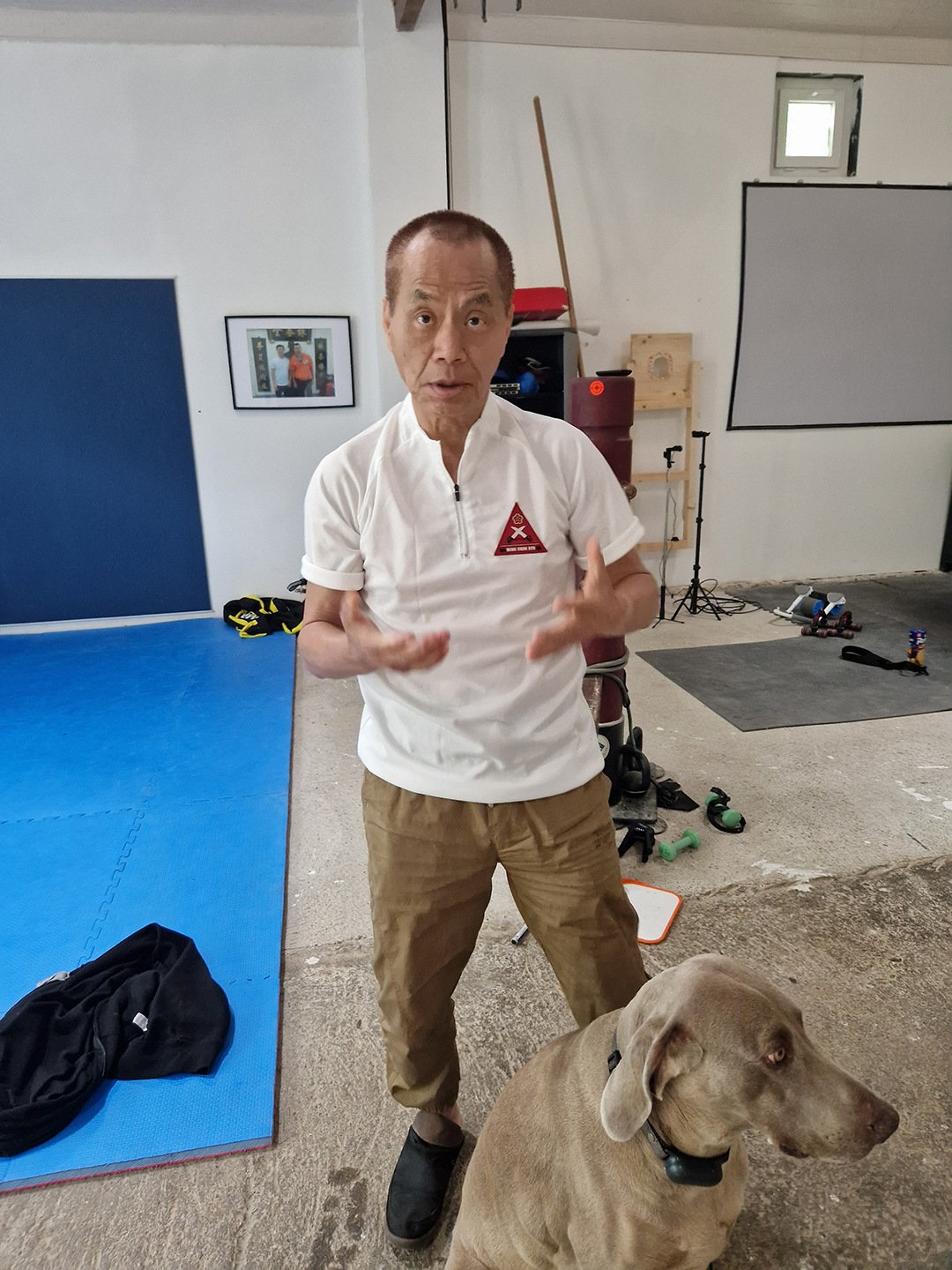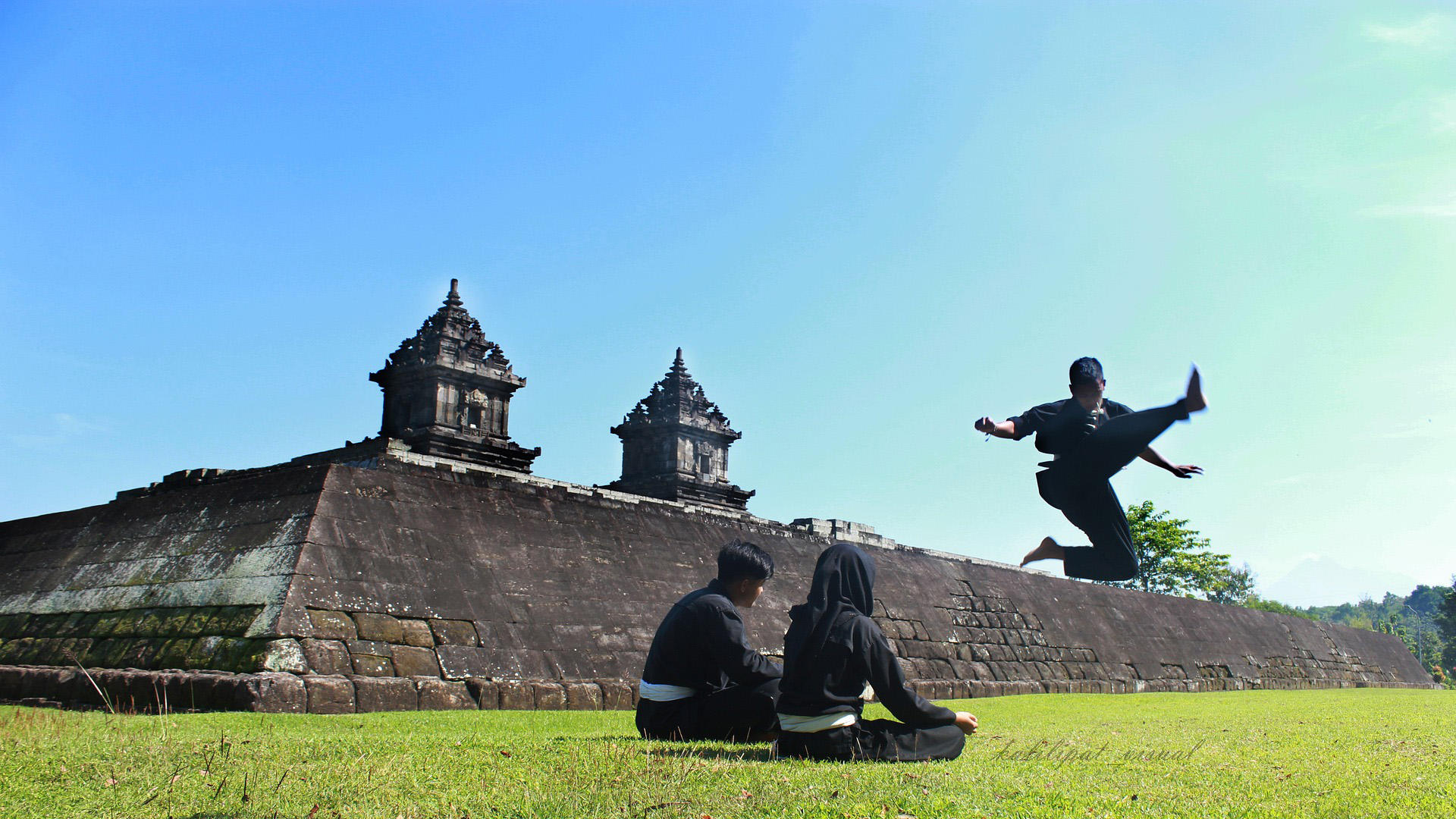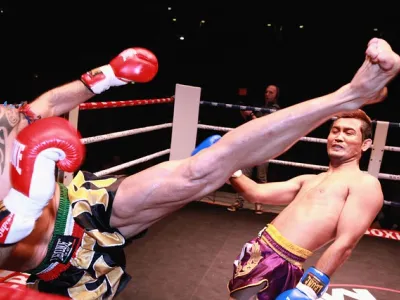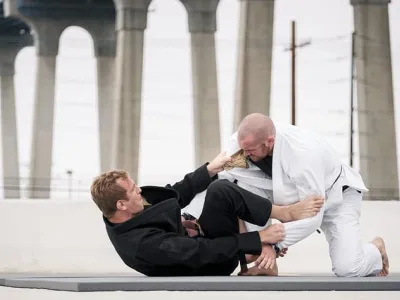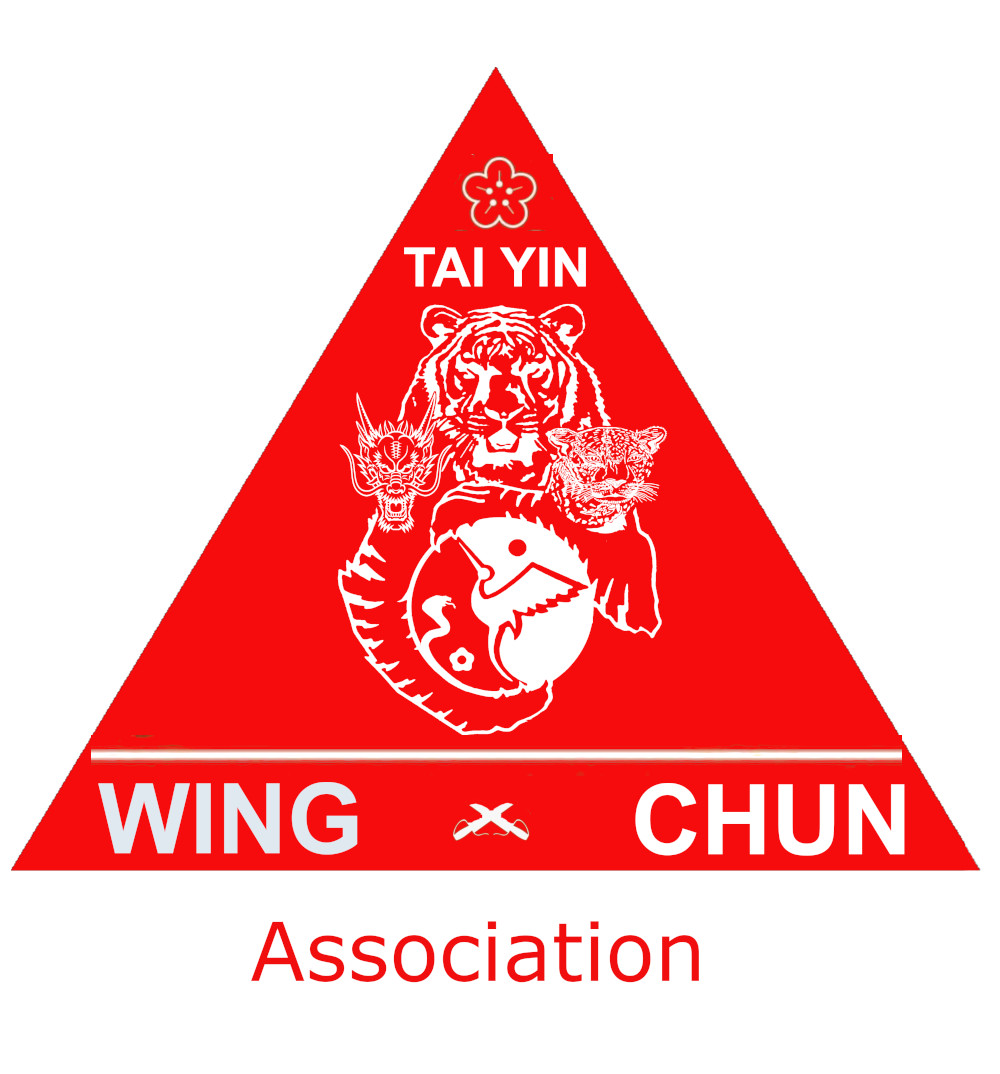Wing Chun Vs MMA
 The world of martial arts is vast and diverse, offering a multitude of disciplines to explore. Two styles that have generated significant interest and captivated practitioners and enthusiasts alike are Wing Chun and MMA (Mixed Martial Arts). Although different in their approach and philosophy, these two disciplines have their own advantages and distinctive features. In this article, we will take a close look at Wing Chun and MMA, explore their similarities and differences, and discuss the relevance of each in the context of modern martial arts. Martial arts have a long history and rich tradition, evolving across cultures and civilizations. Among the many forms of martial arts practiced worldwide, Wing Chun and MMA stand out for their unique approaches and specific goals. While Wing Chun is rooted in close combat techniques and the philosophy of maximum efficiency with minimal effort, MMA encompasses a wide range of techniques borrowed from different disciplines, offering a more holistic approach to combat.
The world of martial arts is vast and diverse, offering a multitude of disciplines to explore. Two styles that have generated significant interest and captivated practitioners and enthusiasts alike are Wing Chun and MMA (Mixed Martial Arts). Although different in their approach and philosophy, these two disciplines have their own advantages and distinctive features. In this article, we will take a close look at Wing Chun and MMA, explore their similarities and differences, and discuss the relevance of each in the context of modern martial arts. Martial arts have a long history and rich tradition, evolving across cultures and civilizations. Among the many forms of martial arts practiced worldwide, Wing Chun and MMA stand out for their unique approaches and specific goals. While Wing Chun is rooted in close combat techniques and the philosophy of maximum efficiency with minimal effort, MMA encompasses a wide range of techniques borrowed from different disciplines, offering a more holistic approach to combat.
Origins and History
History of Wing Chun
Wing Chun has its roots in southern China, with legends attributing its creation to the Buddhist nun Ng Mui, who developed it to help a young woman defend herself against an aggressor. Over the centuries, Wing Chun has grown and evolved, becoming one of the most respected styles in the realm of Chinese martial arts.
Origins of MMA
 MMA, as we know it today, is the result of the evolution of no-holds-barred fighting that emerged in various parts of the world over time. It gained popularity through events such as the Ultimate Fighting Championship (UFC), which brought together fighters from diverse backgrounds to test their skills in a live combat environment.
MMA, as we know it today, is the result of the evolution of no-holds-barred fighting that emerged in various parts of the world over time. It gained popularity through events such as the Ultimate Fighting Championship (UFC), which brought together fighters from diverse backgrounds to test their skills in a live combat environment.
Philosophy and Principles
Principles of Wing Chun
Wing Chun is based on the principle of economy of motion and simplicity. It emphasizes speed, precision, and coordination of movements to overcome an opponent efficiently. The underlying philosophy of Wing Chun is to neutralize an opponent's attack while maintaining a central and balanced position.
Philosophy of MMA
MMA adopts a more eclectic approach, combining different combat techniques such as boxing, Brazilian jiu-jitsu, wrestling, Muay Thai, and others. Its philosophy revolves around the idea of adapting to any combat situation using a variety of techniques, making it a very dynamic and versatile sport.
Techniques and Movements
Wing Chun Techniques
Wing Chun is characterized by fast, fluid movements, with an emphasis on close-range attacks and counters. It uses techniques such as "sticky hands" (Chi Sao) to develop sensitivity and responsiveness to an opponent's movements.
MMA Techniques
 MMA integrates a wide range of striking, grappling, and submission techniques. MMA fighters are trained in various disciplines, allowing them to switch between styles and adapt to different combat situations. Both striking and grappling techniques are essential in MMA.
MMA integrates a wide range of striking, grappling, and submission techniques. MMA fighters are trained in various disciplines, allowing them to switch between styles and adapt to different combat situations. Both striking and grappling techniques are essential in MMA.
Training and Practice
Wing Chun Training
Wing Chun training focuses on developing body structure, balance, and coordination. Practitioners spend a lot of time working on form exercises and repetition drills to refine their technical skills and timing.
MMA Training
MMA training is more diverse, with a focus on developing skills in multiple disciplines. Fighters typically train in clubs that offer boxing, Brazilian jiu-jitsu, wrestling, and other MMA-specific techniques.
Real-World Applications
Use of Wing Chun
Wing Chun is particularly effective in close combat situations, where speed and precision are crucial. Its techniques for deflecting and unbalancing an opponent can be used to neutralize an opponent quickly and efficiently.
Use of MMA
MMA has applications in a variety of contexts, from sports competitions to self-defense situations. The versatile skills acquired through MMA practice can be useful in real-world scenarios involving different combat styles.
Adaptability and Flexibility
Wing Chun
Wing Chun, while being a specialized discipline, offers some flexibility in adapting to different combat styles. Its fundamental principles can be applied in various situations, making it a valuable tool for practitioners.
MMA
MMA is inherently very adaptable, allowing fighters to adjust to different styles and combat situations. Its versatility makes it an attractive choice for those looking to explore a wide range of techniques.
Strategy and Tactics
Wing Chun Strategies
Wing Chun strategies focus on maintaining a central position and using quick movements to overcome the opponent. It emphasizes proactive defense and creating openings for counterattacks.
MMA Tactics
MMA tactics vary depending on individual fighters' styles but generally involve the use of feints, rapid transitions between positions, and exploiting an opponent's weaknesses. The ability to change strategy based on circumstances is essential in MMA.
Competitions and Tournaments
Wing Chun Competitions
Wing Chun competitions are less common than MMA, but there are tournaments and demonstrations where practitioners can showcase their skills. These competitions typically emphasize technique and fluidity of movements.
MMA Competitions
MMA competitions, such as the UFC, have become extremely popular worldwide, attracting millions of viewers. These events feature fights between fighters from different disciplines, providing a dynamic and unpredictable spectacle.
Popularity and Recognition
Popularity of Wing Chun
Wing Chun enjoys relatively high popularity in the martial arts community, partly thanks to its presence in the media and action films that feature this style. It has also gained recognition thanks to renowned practitioners who have helped promote it globally.
Popularity of MMA
MMA has become one of the most popular combat sports in the world, attracting a large audience thanks to its mix of spectacle and competition. MMA events are broadcast worldwide and have helped make this sport known to a global audience.
Advantages and Disadvantages
Advantages of Wing Chun
- Effective in close combat
- Focuses on simplicity and economy of movement
- Develops sensitivity and responsiveness
Advantages of MMA
- Versatile and adaptable to different situations
- Offers a wide range of combat techniques
- Promotes physical conditioning and mental discipline
Conclusion
In conclusion, Wing Chun and MMA represent two distinct approaches to martial arts, each with its own advantages and unique characteristics. While Wing Chun focuses on maximum efficiency with minimal effort and personal defense, MMA offers a more holistic approach to combat, integrating a variety of techniques and disciplines. The choice between these two styles depends on the practitioner's personal preferences and goals regarding martial arts practice.
FAQs
1. Is Wing Chun effective against MMA?
- While Wing Chun can be effective in certain situations, it may be limited against a well-trained MMA fighter due to its specialization in close combat.
2. Is it better to learn Wing Chun or MMA for self-defense?
- It depends on personal preferences and goals. Wing Chun may be more suited for self-defense situations, while MMA offers a broader range of combat skills.
3. Is MMA more dangerous than Wing Chun?
- MMA involves more intense combat and may carry an increased risk of injury compared to Wing Chun, which focuses more on technique and personal defense.
4. How long does it take to become proficient in Wing Chun?
- The time needed to become proficient in Wing Chun varies based on factors such as training frequency, individual learning ability, and level of dedication. Generally, it can take several years of regular practice.
5. Is Wing Chun suitable for women?
Yes, Wing Chun is suitable for all genders and can be particularly beneficial for women due to its emphasis on technique and responsiveness rather than brute strength.
#Wing Chun Vs MMA

